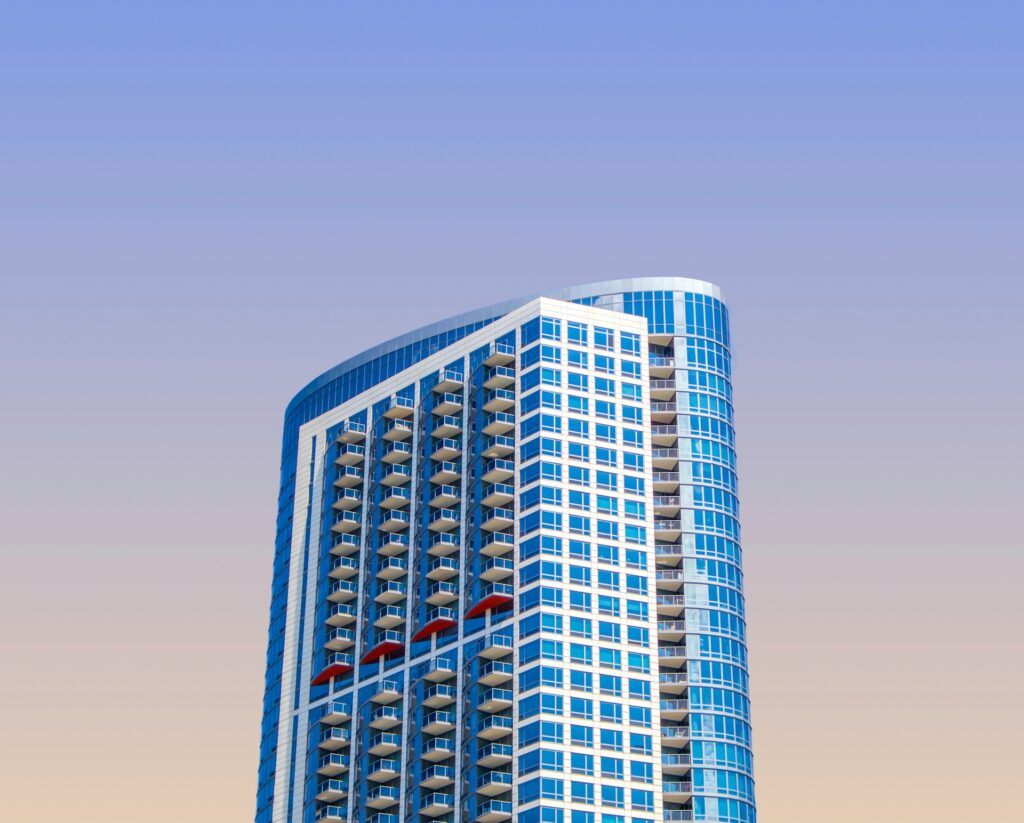The Environmental Benefits of High Density Housing
Compact living or high density housing as the solution to the problem is really a pretty interesting topic.
In view of the above, there are a number of benefits of high density housing to the environment since they establish living density in limited space thereby minimizing the destruction of nature and natural resources.
This post examines the most important aspects of environmental sustainability associated with high density housing while arguing for the increasing application of such housing forms in achieving more sustainable cities.
Reduced Land Use and Preservation of Green Spaces
a) Minimizing Urban Sprawl
Suburbanization, frequently defined as the uncontrolled extension of cities into the surrounding countryside, is one of the leading causes of deforestation and resulting loss of bio-diversity.
With high rise apartments and flats, more housing units are provided within the same spatial area and so development sprawls out on the fringes of a city are limited.
This intensify strategy avoids the land conversion of natural areas such as forest areas, wetlands, and agricultural land.
Urban planners can easily account for population, and ensure that the ecosystems are not destroyed by creating structures that can rise to more stories.
b) Protection of Agricultural Land
The construction of high density housing assists in reducing the problems associated with converts the agricultural land which is under constant threat of being converted into suburban land.
Land for agriculture and rural areas which are so important for providing food to human population is the first to be developed into residential facilities in large scale architectural development endeavors.
Cities can retain agricultural lands and depend on local foods if only they concentrate on vertical, high density development within city areas.
This cuts the environmental cost of transporting food over long distances and preserves the fundamental ecosystems’ viability.
Energy Efficiency and Reduced Resource Consumption
a) Lower Energy Demand for Transportation
The use of private cars is one of the most notorious effects that suburban living has on the environment has become almost inevitable.
As for the social aspect, it is for this reason that inhabitants of low density areas have to rely on their cars to get to work, school, shops or to undertake most other activities.
That however is normally found near areas of transport interfaces where people have easier access to buses, trains or bicycles.
This shift hence decreases the use of private cars; consequently the amounts of greenhouse emissions, air pollution, and traffic congestion, decreases as well.
b) Use of Green Building Material
It also means that future construction will be more sustainable with high density housing.
This leads to the fact that due to density in confined areas investments in energy saving and environmentally friendly properties are favored by developers.
These may range from smart thermostats to solar panels and energy efficient appliances and green roofs.
In addition, it must be noted that high density buildings are developed with green conscious materials, designs and with efficient use of energy and less construction wastage.
Many of today’s higher-density developments are required by law to meet significant building codes and regulation regarding one or another aspect of their energy performance and indeed consume less per head than, for instance, those American dream ranch houses existing in the middle of nowhere.

Improved Water and Waste Management
a) Efficient Water Use
This means that where high density accommodation facilities are located the use of water is normally more efficient since the fixed infrastructure is shared and the management systems are properly developed project consists of practising large residential buildings with implemented technologies of water saving in form of low-flow fixtures, rainwater harvesting, and grey water recycling.
These systems also play a crucial role of minimizing general use of portable water, a factor that has become rare in many regions globally.
Further, the densely populated neighborhood that is characteristic of apartment living makes it easier to install water-saving technologies than in suburban houses with less efficient water technologies.
b) Effective Waste Management
Waste management in high density housing techniques are also better and more resource conserving as well.
Recycling, composting, and overall waste diversion can be easily carried out more effectively in multi-unit buildings because waste disposal systems are usually centralized.
It also becomes easier to foster community participation on sustainability practices concerning waste since people are living within a close range.
For instance, waste disposal in multi-story buildings involves having sections for recycling, and composting, which cut down on the amount of waste that ends up in a landfill, and ultimately, all round environmental effects.
In addition, high-density living enhances a change of paradigm from the linear consumption pattern, where products are utilized only once before being disposed of.
Conclusion: A Sustainable Future through High-Density Housing
Living in high density housing has several environmental impacts which make living in high density housing a better decision for the future.
Through these techniques, this kind of city living can turn the cities into friendly spaces reducing on car usage, nature Conservation and resource utilization.
To conclude, planning on the part of more and more cities to curb climate change and population growth, high density housing is the type of housing that can potentially be very instrumental in the Creation of sustainable cities.
Although there are still difficulties in achieving high density, and the possibilities for improving the comfort of high-rise buildings are not yet exhausted, the environmental benefits of high density housing are obvious in the long run.
If people are willing to think critically, be creative, and spend money tomorrow can be sustainable as well as prosperous for all future citizens of the world’s metropolitan areas.
Also read: High Density Housing that works for all

